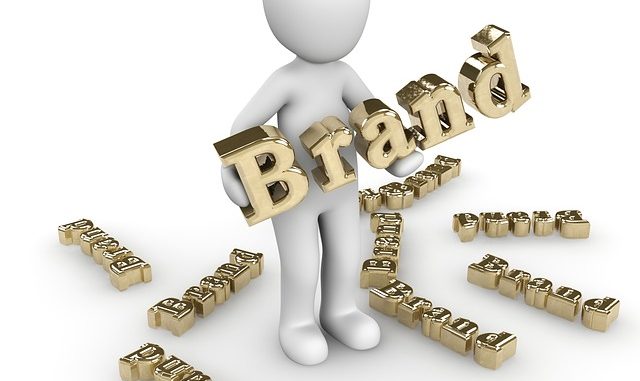
In their usual field of action, the incumbent energy suppliers have only one option in front of the opening and liberalization of the market : losing market shares. Their goal is, of course, to lose as little as possible.
How to do ? What experiences can shed light on the question?
In all European countries, four main strategies are followed to attack them:
- By strengthening the service and the customer relationship because the historical suppliers, in a monopoly situation, have never been forced to perform well on this point; it’s even rather their Achilles heel and the market, never really served, is waiting for improvements.
- By energy services and the enrichment of the offer because this axis carries promises of value creation and higher margin. Some market segments are not sensitive to this.
- By a low cost strategy, meeting the needs of some consumers, poorly served in the past. In a monopoly situation, most energy companies have instead sought to protect the highest possible margins, and made their employees benefit from them through advantageous social status
- By supplying green energy, because historical suppliers still often carry the legacy of fossil-based generation means.
Historical suppliers are attacked on several fronts simultaneously. It is therefore difficult to cope by following several directions at a time and being credible on several subjects at once.
The multiplication of energy offerings is not enough. The Dutch market is providing some ideas for action as the main suppliers have developed multi-brand strategies to counter the aggressiveness and performance of specialized suppliers.
Indeed, Greenchoice has grown in the Netherlands by successfully developing energy offers of 100% renewable origin and Budget Energie offers, with a digital customer interface, very competitive offers.
How did the historical suppliers organize themselves to effectively counter these energy offers?
Essent, a subsidiary of the German group RWE, has developed 2 brands
- Essent, the main brand, characterized by the supply of energy from sustainable sources and a CO2-neutral gas and by an excellent customer relationship
- Energiedirecte.nl is a B2C brand, of low cost offers of green and gray energy, provided via digital channels and with a very good customer relationship
Eneco has developed 3 brands
- Eneco, the main brand, corresponds to green offers, neither of nuclear origin, nor of fossil origin but rather solar, wind, biomass, associated with actions of energy efficiency.
- Oxxio offers 100% green, simple offers to engage all consumers
- Woon energy addresses with 100% green energy, housing companies to help them lower energy costs
Nuon, a subsidiary of Vattenfall, has developed 2 brands:
- Nuon, the main brand, is offering more and more green offers
- Powerpeers provides a sharing platform and allows excellent monitoring of consumption.
These examples allow to consider differently the markets in which dominant historical players have not, from my point of view, taken the measure of the threats or think of facing an underestimated competition, in a traditional and monolithic way.
The Dutch experience shows options to consider, offering more market readability, but we can regret less diversity and less inventiveness of B2B brand strategies compared to B2C brand strategies: it is very likely that this gap is quickly filled.
Subscribe to receive every quarter all articles of the blog: [sibwp_form id=2]

Leave a Reply